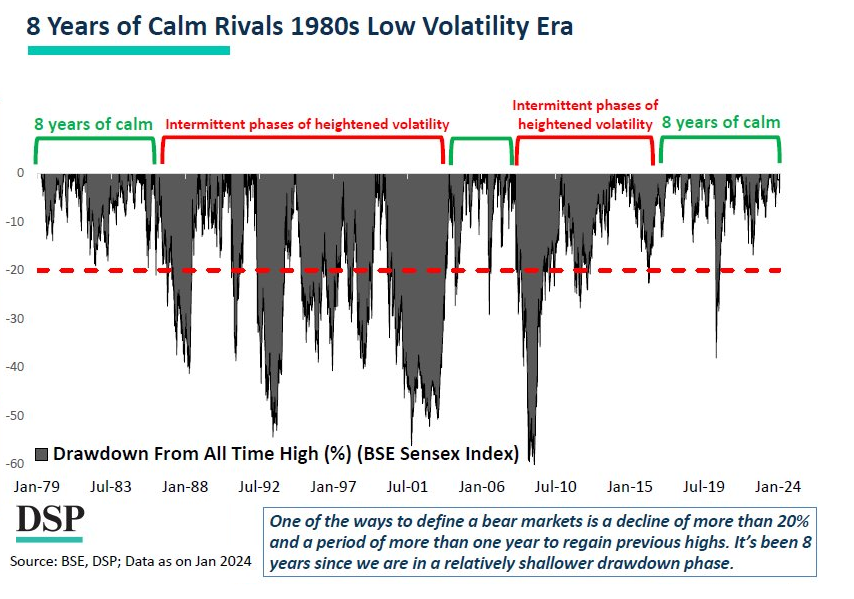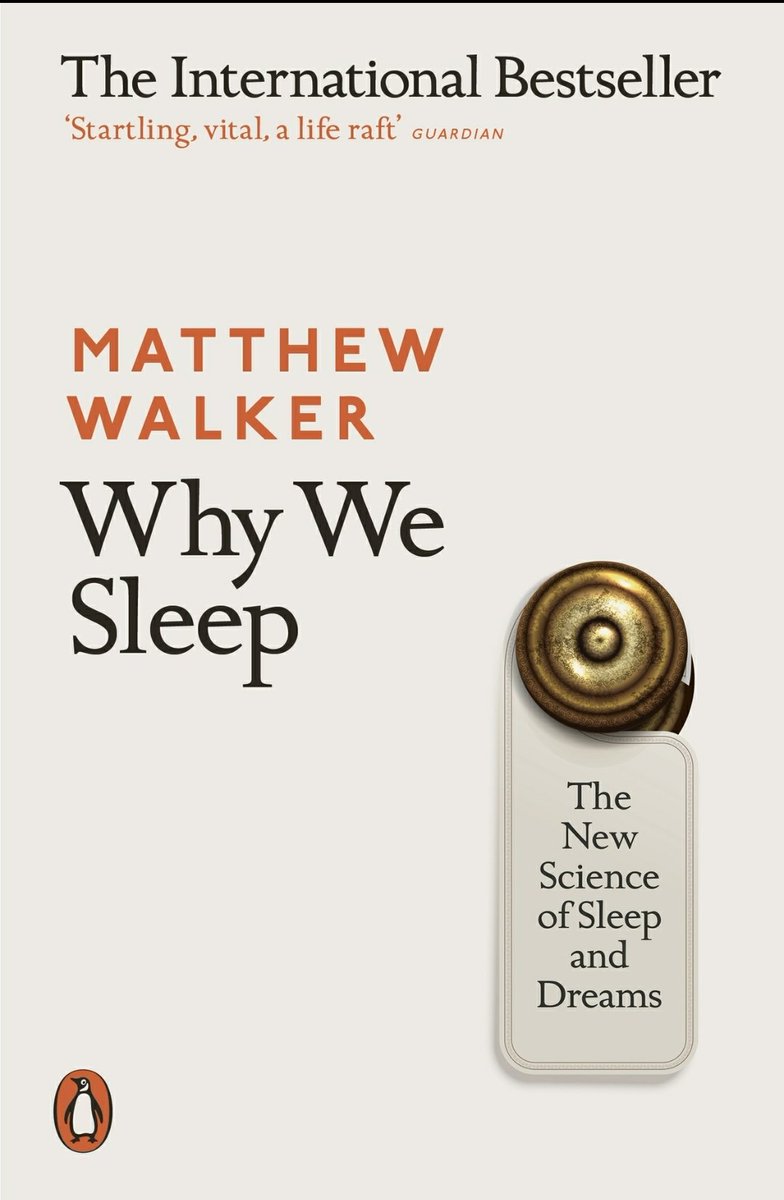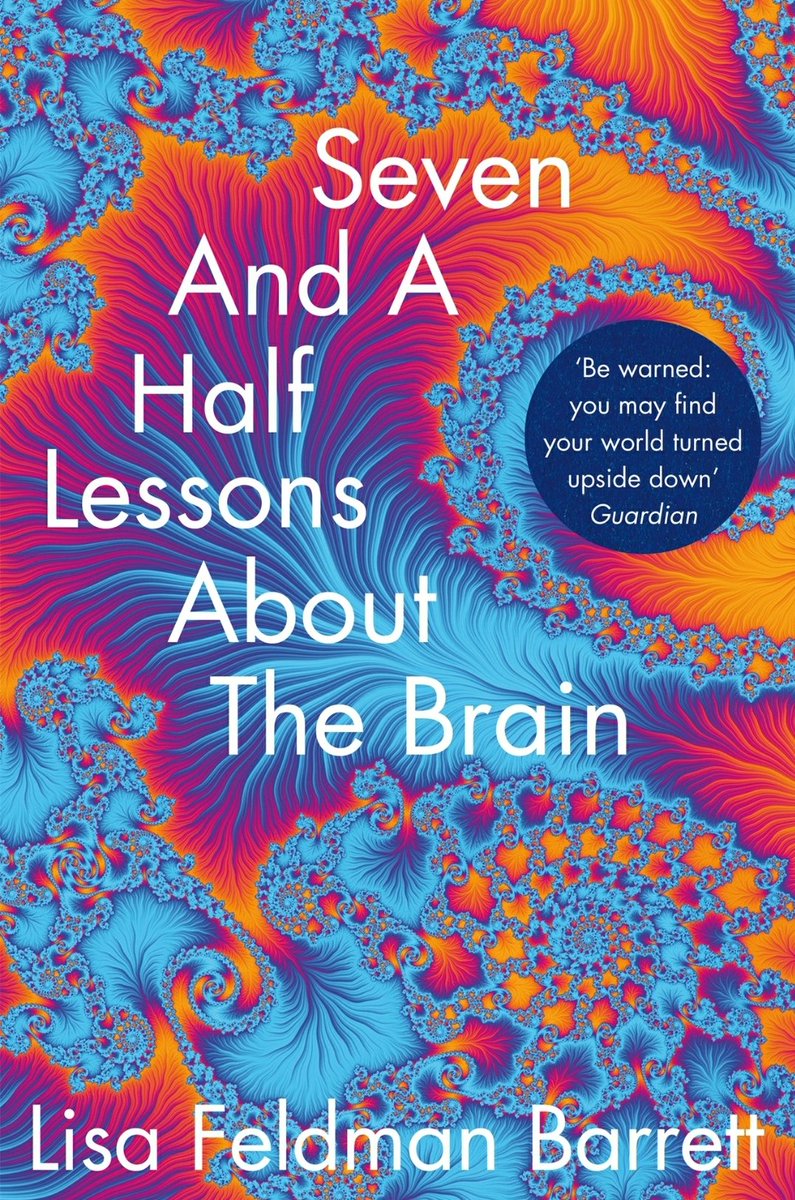Reading now: "Firefighting: The Financial Crisis and its…" by Ben S. Bernanke,… amzn.in/brA8jpn 

"We know from that long experience that the damage inflicted by financial panics is never limited to the financial sector, even though the strategies for stopping them require support for the financial sector" - from book
🤔What about the damage inflicted by demand collapse ?
🤔What about the damage inflicted by demand collapse ?
Stick on knuckles for high moral grounderers
"The only way to contain the economic damage of a financial fire is to put it out, even though it’s almost impossible to do that without helping some of the people who caused it."
"The only way to contain the economic damage of a financial fire is to put it out, even though it’s almost impossible to do that without helping some of the people who caused it."
The invisible hand of capitalism can’t stop a full-blown financial collapse; only the visible hand of government can do that.
The belief that legislation that purports to ban bailouts will actually prevent them in all future scenarios is a powerful but dangerous illusion.
We want America to be ready for the fire next time... because eventually the fire will come. That’s why... it’s so important to try to understand the last crisis—how it started, how it spread, why it burned so hot, how we struggled to fight it, what worked, and what didn’t.
We’re afraid a nation that doesn’t understand the lessons of this meltdown might be doomed to endure something even worse.
Human beings are human, which is why we think it makes sense to think about crises the way Buddhists think about death: with uncertainty about the timing and circumstances, but certainty that it will happen eventually.
As hard as it is to predict crises in advance, it’s also hard to know early in a crisis whether it’s just a brush fire or the start of a five-alarm conflagration.
It’s usually healthy to allow failing firms to fail, and policymakers shouldn’t overreact to every air pocket in the market or setback for a big bank as if it’s the precursor to a catastrophe.
Responding too quickly can encourage risk takers to believe they’ll never face consequences for their bad bets, creating “moral hazard” that can promote even more irresponsible speculation and set the stage for future crises.
But once it’s clear that a crisis is truly systemic, underreacting is much more dangerous than overreacting, too late creates more problems than too early, and half measures can just pour gasoline on the flames.
The top priority in an epic crisis should always be to end it, even though that will likely create some moral hazard; downsides of encouraging undisciplined risk taking in the future, while real, pale in comparison to the downsides of allowing a systemic collapse in the present
The politics of financial rescues are terrible, but economic depressions are worse.
It began, like every major crisis, with a borrowing frenzy, a credit boom during a time of overconfidence that went bust when the confidence disappeared.
And the financial system reflected the overconfidence of the boom. Financial firms took on too much risky leverage. Much of that leverage was in the form of “runnable” short-term debt that could disappear whenever creditors got jittery.
That helped spread investor panic, from securities backed by shoddy subprime mortgages to all mortgage securities, then to firms believed to be exposed to those securities, and even to firms believed to be exposed to other firms exposed to those securities. Panic is contagious
While all crises begin with credit booms, not all credit booms end in crises, and the financial system seemed more stable than ever in the early years of the twenty-first century; 2005 was the first year without a U.S. bank failure since the Depression.
At the time, serious economists were arguing that financial innovations like derivatives, because of their purported ability to better diversify risks, had made crises a thing of the past.
It is during those boom times, when liquidity seems limitless and asset values seem destined to keep rising, that risk taking tends to get excessive, posing dangers that can extend well beyond the risk takers.
The basic vulnerability of the financial system stems from banks....In other words, they borrow short-term in order to lend long-term, a process known as “maturity transformation.”
But maturity transformation comes with some risks. Every institution that borrows short and lends long is vulnerable to a “run on the bank,”
financial institutions, unlike other businesses whose success depends primarily on the cost and quality of their goods and services, are dependent on confidence.
That’s why the word “credit” comes from the Latin for “belief,” why we say we can “bank” on things we know to be true, why some financial institutions are called “trusts.”
Fear is hardwired into the human psyche, and the herd mentality is powerful, which makes stampedes hard to predict and hard to stop. The potential for panic can never be fully eradicated.
the world will face the threat of financial crises as long as risk taking and maturity transformation remain central to finance, and as long as humans remain human. Unfortunately, disaster will always be possible.
Mortgage debt per U.S. household soared 63 percent from 2001 to 2007, much faster than household incomes. Some of this new debt was beneficial, helping people buy homes or take cash out of their homes for worthy purposes.
Ultimately, the basic driver of the boom in mortgage borrowing was excessive optimism about the housing market. Rising house prices promoted easy borrowing terms, and easy terms in turn helped drive prices even higher.
That meant that in a crisis, investors and creditors would be uncertain what exposures they had or what was going on with their counterparties. And uncertainty is like gasoline on the fire of panic.
The real problems emerge when bubbles are financed with borrowed money, especially when that money can run. And leverage can be alluring, because it’s the ultimate profit multiplier.
Before the crisis of 2008, many large financial institutions were increasingly leveraged, in some cases borrowing more than $30 for every dollar of shareholder capital, affording very limited protection against losses.
These firms all engaged in the fragile alchemy of maturity transformation—but without the security of insured deposits that never run, without effective regulatory constraints on their leverage, and without the ability to turn to the Fed if their financing evaporated.
This lack of oversight over nonbanks was particularly dangerous, but the entire U.S. financial regulatory system was creaky and fragmented, a set of overlapping bureaucracies with tribal rivalries.
While commercial banks had the most formal oversight, the responsibilities for supervising them were divided among the Fed, the Office of the Comptroller of the Currency (OCC), the Federal Deposit Insurance Corporation (FDIC), the Office of Thrift Supervision (OTS),
foreign regulators who helped oversee U.S. affiliates of overseas banks, and various state banking commissions of varying levels of vigilance and competence. In some cases, banks effectively got to choose their own supervisors by changing their legal form—
Countrywide reorganized itself as a thrift in order to enjoy the notoriously lenient oversight of the OTS—and often had multiple supervisors with unclear lines of authority.
When Ben was later asked what surprised him most about the crisis, he replied: “the crisis.” There was no overarching agency with responsibility and accountability for monitoring or addressing systemic risk.
One lesson for crisis detection is that it’s incredibly hard to predict a financial meltdown. Some people might be prescient about some things, but you can’t count on prescience as a realistic crisis avoidance strategy.
Our modest efforts to shift the system toward responsibility mostly amounted to trying to close the barn door long after the horse had escaped.
We didn’t anticipate how bad news about one segment of the housing market could create what the economist Gary Gorton has dubbed the E. coli effect...
...where rumors about a few incidents of tainted hamburger frighten consumers into abandoning all meat rather than trying to figure out which meat in which stores in which parts of the country is actually tainted.
The British journalist Walter Bagehot wrote Lombard Street, the bible of central banking, in 1873, and it’s still a key part of the crisis response playbook.
Bagehot recognized that the only way to stop a run is to show the world there’s no need to run, to make credit easily available to solvent firms until the panic subsides: “Lend freely, boldly, and so that the public may feel you mean to go on lending.”
The loans should be expensive enough that they’ll remain attractive only as long as the crisis lasts—Bagehot advised “a penalty rate”—and they should be secured by solid collateral to protect the central bank in case of default.
But the goal should be to make public money available when private money isn’t, to push back against panic and stabilize credit.
From Ben’s perspective, though, the Fed’s obsession with inflation and moral hazard during a credit crunch had already created one depression. He didn’t intend to let it create another.
But severe financial panics are not usually self-correcting, and fires can burn out of control when fear and uncertainty gain too much momentum.
When policymakers are too slow to act—because they don’t think the dangers are that great, because they’re too concerned about avoiding moral hazard, or because they’re overly focused on the political fallout...
...panic can consume the prudent and strong as well as the reckless and weak, innocent bystanders as well as overleveraged speculators. And panic is contagious.
Systemic crises are not the time for free-market absolutism or moral-hazard purism, because of the serious risks they pose to lending, jobs, and incomes.
“Every banker knows that if he has to prove that he is worthy of credit, however good may be his arguments, in fact his credit is gone.”
In a crisis, however, monetary policy can only do so much, especially when the banking system and the public are already overleveraged and panic conditions are constraining credit.
The episode demonstrated how confidence in heavily leveraged and loosely regulated nonbanks with too much short-term funding could disappear in a heartbeat.
Fed stress tests found that Lehman, Merrill Lynch, Morgan Stanley, and Goldman Sachs were all vulnerable to runs on their wholesale funding
Panic is a communicable disease.
“If you’ve got a squirt gun in your pocket, you may have to take it out. If you’ve got a bazooka, and people know you’ve got it, you may not have to take it out.”
Lehman was the nightmare we had been trying to prevent for a year, an uncontrolled failure of a systemically important financial institution during a panic. But we did not let Lehman fail on purpose.
We decided to bring Wall Street’s top CEOs to the New York Fed on Friday night, September 12, to try to organize a private-sector solution—perhaps something like the Bear deal with Wall Street firms taking on risk instead of the Fed; or together with the Fed,
to help another larger and stronger firm acquire Lehman; or perhaps even something like the 1998 deal where the New York Fed encouraged fourteen counterparties of Long-Term Capital Management to band together to buy the firm outright and liquidate its assets.
The British weren’t crazy to worry that Barclays would end up like the proverbial drunk who tries to help another drunk out of a ditch but ends up falling into the ditch himself.
A lender of last resort can help reduce the risk that viable companies go down because of temporary liquidity problems, but it can’t make fundamentally nonviable companies viable. If markets believe a firm is irrevocably insolvent, a secured loan cannot stop a run.
• • •
Missing some Tweet in this thread? You can try to
force a refresh

















